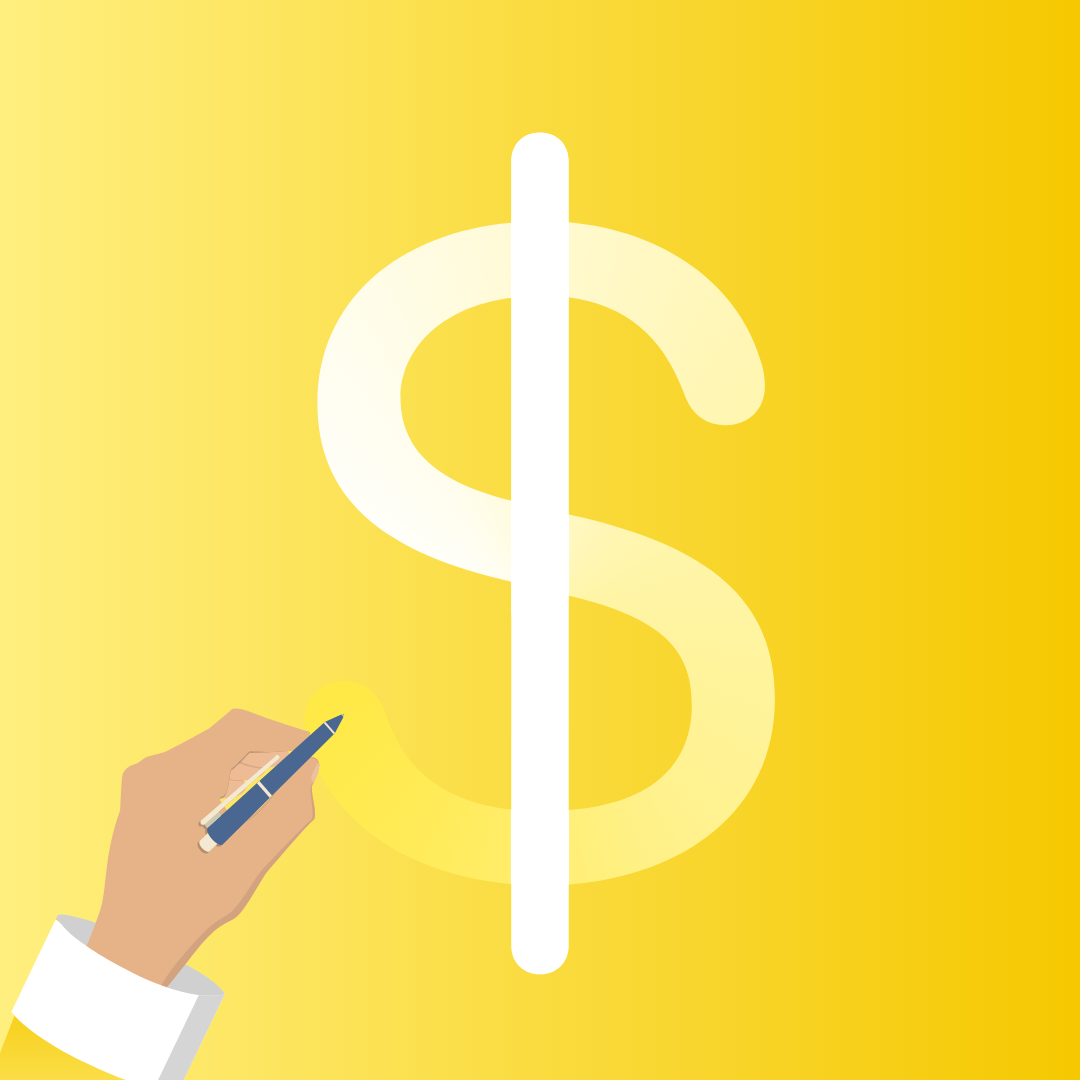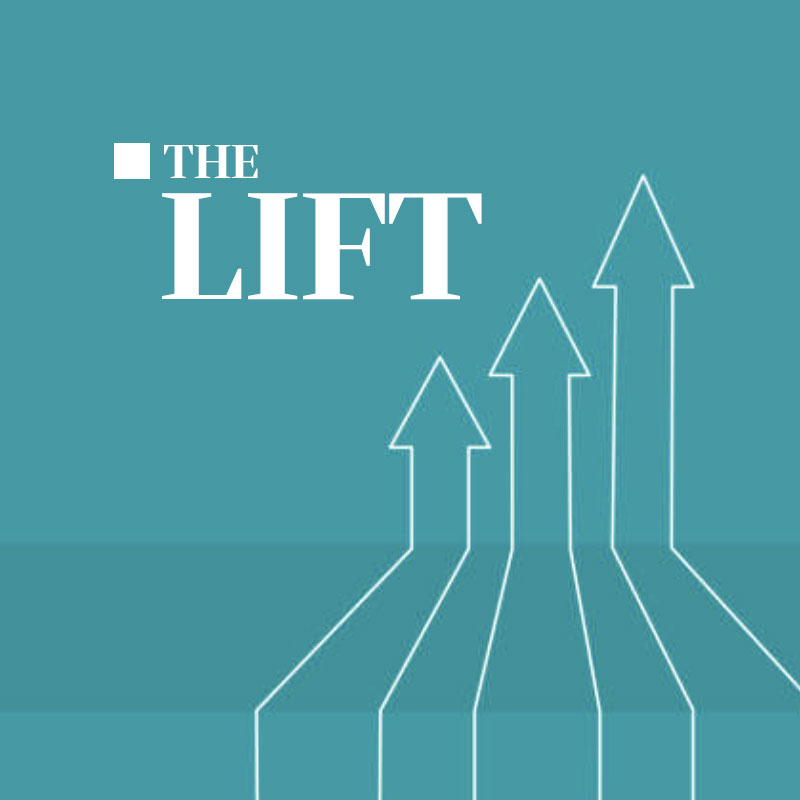The query embedded in the title of this post is one I receive frequently from website managers reaching out to Culture Foundry with a digital design and development project. While the question is fair and straightforward, an honest, accurate response is not cut and dried or something generated by a simple formula or calculation.
We have a process we follow when talking with prospective client-partners that helps us fully understand the scope of a new website or web application project and then estimate the time and financial investment required to complete it. Our process is something you can borrow as you’re assembling a preliminary project plan for your team or supervisor.
We begin by seeking answers to 10 basic questions:
Q1: What are the business objectives for your website?
Before we start designing and building a website or web application, we need to understand what you need to accomplish with your newly created digital asset. Do you want to sell products or services? Are you offering free access to information that needs to be archived and searchable? Are you distributing breaking news and information to a subscriber base or to the general public? Do you want to capture data and market to people who visit your site? Do you need an engaging place to share your story and connect with audiences interested in what you have to offer? How about all of the above?
Building a website to serve as your online connection to the world may feel like a singular project or destination, but it’s really a continuous journey. Websites are never “done.” They are living assets that require regular upkeep and evolution to remain technically viable and commercially valuable. So, the most important question you can answer at the start of your web-building journey is “what do I need my website to do?” Start by answering that question with a detailed list of must-haves and nice-to-haves, knowing your wish list will form the basis of any pricing estimate.
Q2: What technology do you need / want to work with?
Websites and web applications need a digital tool through which you can enter and edit content, so one of the most important, upfront decisions you need to make is what kind of content management system (CMS) you want to serve as the backbone of your site. When updating an existing website, you may have a CMS you’re inheriting, or you may be in the market for something different. Robustness, ease of use, and the ability to integrate third-party software programs, such as Customer Relationship Management (CRM) platforms, e-commerce tools, email and marketing automation services, etc., should factor into your selection of a CMS. You should also consider the skill level of individuals who will manage your site in terms of content updates and technical maintenance. WordPress, Drupal, MODX, Craft CMS, Wix, Shopify, Squarespace, Adobe Experience Manager…these are all well-known and well-supported CMS products, and each has its pluses and minuses. Knowing which one is the best for your project comes down to your site’s performance needs.
At Culture Foundry, we consider ourselves “CMS agnostic.” We can work with any CMS we are confident will meet your needs and budgetary parameters, and we can even help you develop a headless CMS, if you’d like a central repository for content that needs to be fed to a variety of digital applications (think content concurrently going to websites, mobile apps, in-store digital signage and display areas, etc.)
The cost to license a CMS can range from free (open-source) to a monthly subscription fee that runs from a couple of bucks to upwards of $50 or tens of thousands of dollars a year, should you choose to work with a proprietary system. Subscription pricing may depend on the size of your site or organization, or the competitiveness of the deal you can negotiate with the software’s sales rep. Suffice it to say the cost of CMS software will not likely not overburden a reasonable project budget, but depending on what you select, it could become an ongoing operating expense for your website or web app. (NOTE: We typically include any costs related to CMS software within our overall website development estimate.)
Q3: Who will manage your website?
This is a key question that can (and should) influence your CMS selection. In the early days of the World Wide Web, the information technology team was likely the owner of—or the principal babysitter for—an organization’s website. As content management systems have become more user friendly for non-technical types, responsibility for website management has migrated to the teams who directly use these digital assets to reach audiences: marketers, communicators, public affairs and human resources professionals, and salespeople.
Modern CMS software doesn’t require HTML, PHP, or CSS experience to use, and if you’re counting on folks who don’t code for a living to manage your site, make sure you’ve selected a CMS that allows them to do that with confident autonomy. Otherwise, your IT team will need to make time for site support, or you’ll need to budget additional dollars to keep a crew of outside developers on speed dial (commonly known in agency speak as “a retainer relationship”).
If you do have in-house developers available, you may be comfortable with a more sophisticated CMS that will ultimately offer you more functionality in exchange for fewer DIY-type solutions. Whatever you choose, make sure your technology stack makes your primary website manager’s job easier.
Q4: What third-party software should integrate with your website?
This relates directly to your answer to Question 1 (What does your website need to do?), along with your CMS selection. In fact, it may dictate the latter.
If your organization has already made in investment in ABM (account-based marketing), LMS (learning management system), DAM, (digital asset management), CRM, e-commerce, marketing automation, data analytics, online search, customer survey, data security…you name it…software, be sure to ask about how and whether your existing tech stack will “plug into” the content management system you’re eying for your new website, as well as the development costs to integrate all of those unique programs into your total package.
While types of third-party software products may be interchangeable (e.g., e-commerce platforms), if you have signed longer-term contracts with existing software providers, make sure you know those products will work with the CMS technology you want for you site—including future versions of that CMS software—and ask the web agency you’re working with to include third-party software integration costs in their pricing estimates. Developers can burn valuable project hours going back and forth with customer service reps, trying to debug legacy software programs that aren’t performing as they should during site builds. It’s good to know in advance that your tech stack will, in fact, “stack.”
Q5: How should visitors be able to use your website?
In Question 1, you answered what you need your site to do for you and your business. It’s also important to approach a new website design from the viewpoint of your target visitors and internal users. So, the answer to this question involves both technology and the design of your site and how design components, such as content menus, call-to-action areas, and other “clickable” elements, will influence the path visitors take through your site to the point of “conversion,” or doing whatever it is you want them to do. That means mapping out the most engaging, efficient, and aesthetically pleasing way to encourage them to buy, download, subscribe, share, or swipe something—ideally, with some kind of payoff for your organization.
Sites with lots of content sections, secondary and tertiary navigation links, and interactive tools, such as filters, quizzes, and calculators, may benefit from initial content-mapping and user experience (UX) strategy sessions, so you can architect intentional user flows through all the valuable content you’re created for them. (Think of it as driving them through all of the “touristy sites” you want them to see on the way to their final destination.) Defining, mapping, and building user journeys may be a critical part of the strategy behind your website’s raison d’être. If you need guidance with this, be sure to budget time and dollars for upfront content mapping and/or UX strategy sessions. This will save you time and project dollars when you’re ready to create wireframes and/or page designs by reducing the number of revisions between those stages.
Q6: Are you updating your organization’s branding?
Many of our clients are updating their websites as part of a larger brand facelift, including updates to their logos, taglines, brand colors, and official font styles. This work may be handled by a different agency than the team that manages your website renovation (or original build). But if you don’t have these assets in hand at the start of your project, you’ll need them approved and ready for incorporation (ideally) before you begin work on web page designs. Your organization’s visual identity may inform your new site’s overall theme, page layouts, color palette, and font choices—the entire look and feel of your online entity.
If you are working with a web design and development agency that also does branding work, understand that this will be a separate part of the aggregate project estimate, and for optimal results, should be completed before you begin designing page templates.
Q7: How much website content do you have (and who will enter it)?
If our team is bidding on a website redesign, I always ask how many pages the legacy site has, how many of those pages need to be transferred into the new site, and who will have primary responsibility for that work. Depending on the CMS you select, migrating existing site content may be as simple as organizing a straight data transfer from one site to the other, or a time-consuming “copy/paste” job as you rebuild individual pages, using the same text and images.
If your team’s time is better served by outsourcing this task, list it as another line item in your “need-to-have” project budget. Unless your legacy site is massive, this may be the best (few) thousand dollars you spend with your website vendor to ensure you preserve all of the pages that matter, and that they’ve been recreated, proofed, and polished by web professionals before you launch your new site.
Q8: Who will make decisions about your website’s features and functionality?
The answer to this question won’t likely affect your starting budget, but it could impact the cost to maintain and evolve your site if your organization’s leadership structure changes, or a department that doesn’t contribute much to website upkeep inherits more influence in the future.
Office politics can be as tricky to navigate as the halls of Congress, so if you can get all key website project decision-makers (and influencers) on the same page when you’re scoping out your new site and its possible phases of development, it will save you money (and headaches) down the road by avoiding incongruent objectives that surface at a later date.
Q9: How quickly do you want to launch your website?
The faster you need to unveil your new online asset, the more it may cost if the agency you’re working with has other active clients to serve. So, factor your desired build timeline into your budgeting if you need it “done yesterday.”
That also goes for waiting until the last minute to update some types of CMS software. Sending out a digital “911” when you’ve got a month left to get off a piece of sunsetting software may get an agency’s attention, but it won’t likely get you a discount. It’s always wise to forecast a project window of six to 12 months, depending on the complexity of your site. This affords you ample time for strategy sessions, intended user input/feedback, revision time for wireframes and page comps, a window for content transfer that won’t exhaust your staff (or web vendor), and safe space to test (or beta test) special features, proofread and tweak content, and complete CMS training sessions for the internal users who will keep your site fresh and relevant post-launch. Asking for a year’s worth of work in a business quarter’s worth of time will come at a premium, so the more time you make to build your new site, the more affordable it will likely be.
Q10: What are you comfortable investing in your website?
In the end, how much you should budget to build a website comes down to what you can afford to spend. You control your purse strings and can set budget parameters to guide your decision-making on all of the above items, understanding that special features and functionality have associated design and development costs, and you will get what you pay for.
As a rule, Culture Foundry works on a time-and-materials basis—that’s an hourly rate determined by who the prospect (or client) is, whether they’re a for- or nonprofit entity, whether they have a previous working relationship with us, or other factors. Experience has taught us not to offer fixed bids on projects because pricing estimates are just that, estimates. We may agree upfront that you’ll likely want two rounds of revisions on your homepage design, but if you ultimately need four rounds, we’ll make sure you get four revisions. We want you to be happy with every outcome we provide you. It follows then that if getting you what you need takes twice as much time as originally estimated in our proposal, then our final compensation needs to reflect that.
Do you work for a nonprofit with a $50,000 project budget? If so, you can likely build a 100-page website on WordPress and not overspend. Are you working for a gaming company that needs to integrate multiple data feeds from different external sources, and display real-time wagering information to bettors? Then our initial estimate will land in the six-figure range. Bottom line, tell your web partner what you can afford and what your version of a minimum via product (MVP) looks like at the time you need to launch your site. Go live with that version of your site and grow it from there.
A phased approach to website building…
A website is not an apple pie. It’s never done cooking. But it can be completed in phases, affordable ones that you plan as part of a comprehensive digital roadmap. Identify the parts of your new or reimagined site that are vital to how you answered Question 1 (What are the business objectives for your site?), and in Phase I, focus on what’s mission critical to driving the “payback” you immediately need from your initial investment. Design and develop that content and functionality, launch your site, and then keep adding and improving your MVP version as more resources become available.
Your new website can be as affordable as you want to make it. To get to your bottom line, start with clear and complete answers to the 10 questions above, provide that guidance to the digital agency you want to work with, and let them help you assemble a project timeline and budget—whether all-inclusive or incremental—that works for you and your organization.
Need help pricing your website design and development project?
We’d love to learn more about what you want to create and how we can help! Complete the form below, and a member of our crew will be in touch ASAP.


